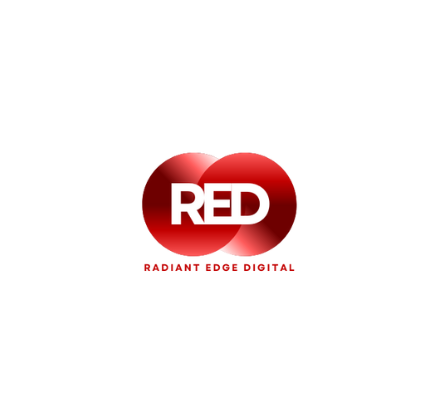
When it comes to branding, your color palette is doing more heavy lifting than most people realize. It’s not just about looking good it’s about feeling right. In fact, the psychology of color in branding influences how people perceive your brand before they’ve even read a word.
1. Red: The Color of Energy and Urgency
Red commands attention. It sparks emotion and often creates a sense of urgency. That’s why it’s used in clearance sales, fast food, and action-driven brands. However, use it wisely too much red can feel aggressive rather than exciting. Therefore, pair it with neutral tones to strike balance.
2. Blue: Trust, Stability, and Calm
Blue is the go-to color for brands that want to feel reliable and secure. Think banks, tech companies, and healthcare brands. As a result, it’s a popular choice in industries where trust is paramount. Light blues soothe, while darker tones signal professionalism and authority.
3. Yellow: Optimism and Warmth
Yellow evokes cheer, curiosity, and friendliness. It’s often used by brands that want to feel youthful or creative. However, because it’s also a high-visibility color, it can quickly become overwhelming. So, use it for highlights, accents, or playful CTAs.
4. Green: Growth, Health, and Balance
Green bridges the emotional and the organic. It’s ideal for wellness, eco-friendly, or financial brands. That’s because it signals life, renewal, and prosperity. Deeper greens suggest luxury and heritage, while lighter shades feel more calming and natural.
5. Black and White: Timeless Minimalism
Black adds elegance, power, and sophistication. White brings clarity, simplicity, and space. Together, they create a sleek modern aesthetic often used in luxury and high-end branding. If your brand is minimalist or aspirational, this combo delivers clean impact.
6. Purple: Creativity and Prestige
Purple has long been associated with royalty, imagination, and spirituality. Brands that want to be seen as visionary or premium often use it. In branding, it works well for educational platforms, beauty, or anything that blends logic with emotion.
7. Orange and Pink: Fun and Fresh
Orange gives off energy and excitement less aggressive than red, but still attention-grabbing. Pink adds playfulness, warmth, and approachability. Both are great for lifestyle and consumer brands. However, they must align with your audience’s energy, or they’ll feel forced.
Choosing the Right Colors for Your Brand
Instead of picking your favorite shade, choose based on the emotion you want your audience to feel. Consider your target demographic, your brand tone, and the industry you’re in. Then test variations across digital platforms to see what performs best.
Want help building a strategic color palette? Download our Brand Color Strategy Guide to match your visuals with your brand’s mission.



